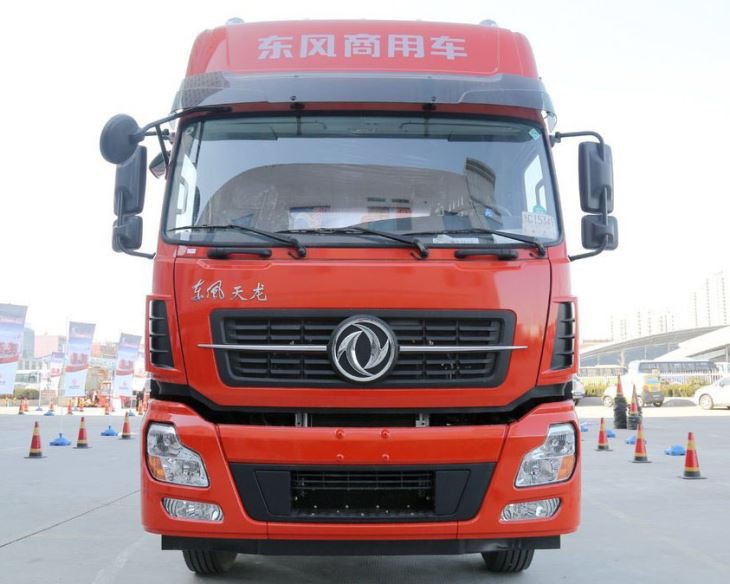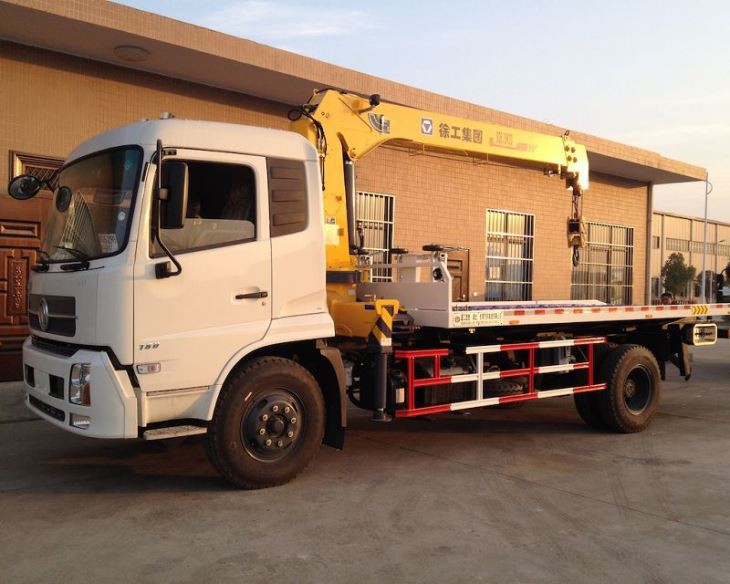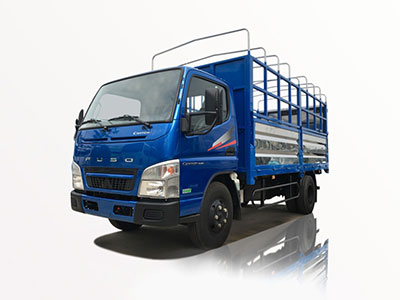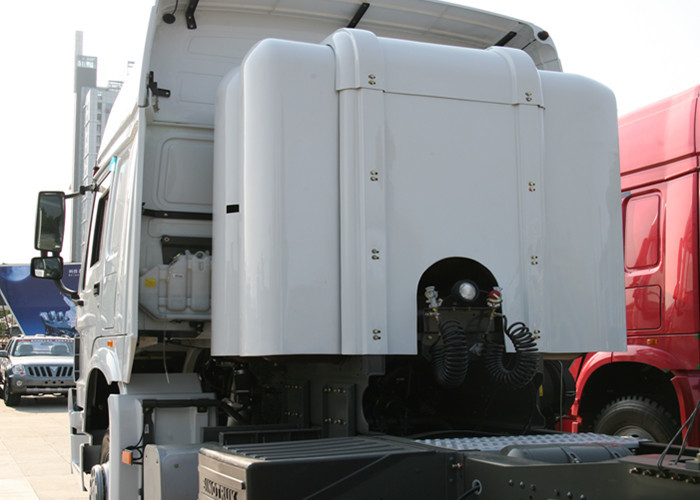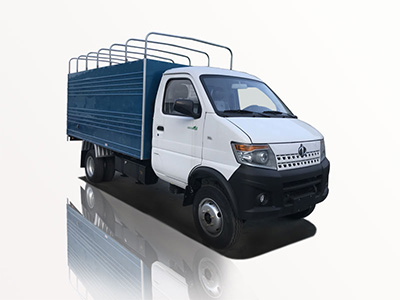Fuel tanker trucks are crucial in the transportation industry, responsible for delivering fuel to various destinations, including gas stations, airports, and industrial sites. Understanding the capacity of a fuel tanker truck is essential for logistics professionals, fuel companies, and anyone who relies on fuel deliveries. This article will explore the various types of fuel tanker trucks, their capacities, operational factors, and more.
1. What is a Fuel Tanker Truck?
A fuel tanker truck is a specialized vehicle designed to transport liquid fuels, such as gasoline, diesel, and jet fuel. These trucks are equipped with a large, cylindrical tank that can hold significant volumes of liquid. The design and structure of these trucks allow them to transport fuel safely and efficiently.
2. Types of Fuel Tanker Trucks
2.1. Based on Capacity
Fuel tanker trucks come in various sizes based on their capacity. Here are the common types:
- **Small Fuel Tanker Trucks**: Typically have capacities ranging from 1,000 to 3,000 gallons.
- **Medium Fuel Tanker Trucks**: Can hold between 3,000 to 7,000 gallons.
- **Large Fuel Tanker Trucks**: Typically range from 7,000 to 11,000 gallons or more.
2.2. Based on Configuration
Fuel tankers can also be classified based on their configuration:
- **Single-Walled Tanker**: Standard design with one layer of tank material.
- **Double-Walled Tanker**: Incorporates a protective outer layer to reduce spills and leaks.
- **Compartmentalized Tanker**: Allows transportation of different types of fuel simultaneously.
3. Factors Affecting the Capacity of Fuel Tanker Trucks
3.1. Regulations and Standards
Fuel tanker truck capacities are often dictated by government regulations. Different countries have specific laws governing the maximum amount of fuel that can be transported by a single vehicle. Compliance with these regulations ensures road safety and environmental protection.
3.2. Truck Design and Material
The construction material of the tanker and its design directly impact the weight and volume of fuel it can carry. Common materials include aluminum, steel, and fiberglass, with each offering different weight and safety characteristics.
3.3. Temperature and Density of the Fuel
Fuel density varies with temperature. A truck’s capacity in gallons at a specific temperature may change as the temperature fluctuates. Understanding how environmental factors affect fuel density is essential for accurate loading and delivery.
4. Calculating Fuel Capacity
The volume of a fuel tank is often given in gallons or liters. Below is a simple formula used to calculate the volume of the tank:
Volume Calculation Formula
Volume = Length × Width × Height
For cylindrical tanker trucks, you can use:
Volume = π × (Diameter/2)² × Height
5. Practical Examples of Fuel Tanker Truck Capacities
To understand fuel capacities better, here are practical examples:
| Truck Type | Typical Capacity (Gallons) | Common Use |
|---|---|---|
| Small Fuel Tanker | 1,000 – 3,000 | Residential fuel deliveries |
| Medium Fuel Tanker | 3,000 – 7,000 | Local gas stations |
| Large Fuel Tanker | 7,000 – 11,000+ | Major fuel suppliers |
6. Safety Considerations for Fuel Tanker Trucks
6.1. Proper Maintenance
Regular maintenance is vital in ensuring the safety and efficiency of fuel tanker trucks. Inspections should focus on:
- Tank integrity
- Pump functionality
- Brake systems
- Tires and suspension
6.2. Training and Certification
Drivers of fuel tanker trucks must undergo specialized training to handle hazardous materials safely. Certification programs typically cover:
- Emergency response techniques
- Hazardous material handling guidelines
- Vehicle operation safety
7. The Importance of Fuel Load Planning
Efficient fuel load planning ensures that a tanker truck is filled according to its capacity while adhering to weight restrictions. Overloading can lead to safety hazards and legal liabilities. Key considerations include:
- Understanding the vehicle’s maximum load weight
- Accounting for the weight of the tanker itself
- Coordinating fuel delivery schedules
8. Technology in Fuel Tanker Truck Operations
8.1. GPS Tracking and Fleet Management
Modern technology plays a crucial role in optimizing fuel delivery operations. GPS tracking systems enable real-time monitoring of fuel tanker trucks, improving efficiency by:
- Providing route optimization
- Enabling predictive maintenance notifications
- Facilitating better communication with drivers
8.2. Electronic Logging Devices (ELDs)
ELDs are essential for tracking a driver’s hours of service. This technology helps ensure compliance with regulations and contributes to safer driving practices.
9. Environmental and Economic Impacts of Fuel Tanker Trucks
9.1. Environmental Concerns
Fuel tanker trucks can significantly impact the environment, particularly if spills occur. Minimizing these risks involves:
- Investing in double-walled tanks
- Using advanced leak detection systems
- Implementing eco-friendly transport practices
9.2. Economic Considerations
Understanding the capacity and efficiency of fuel tanker trucks can lead to cost savings. Efficient fuel delivery reduces operational costs and can improve profit margins for fuel retailers.
10. Future Trends in Fuel Transportation
The fuel transportation industry is evolving rapidly. Here are some trends that may shape the future:
- **Alternative Fuels**: Increasing use of biofuels and electric delivery trucks.
- **Automation**: Potential for automated tanker trucks in freight transport.
- **Sustainability**: Greater focus on environmentally friendly practices in logistics.
FAQ Section
What is the maximum capacity of a fuel tanker truck?
The maximum capacity of a fuel tanker truck can range from 1,000 gallons for small models to over 11,000 gallons for larger trucks. The specific capacity depends on the truck’s design and local regulations.
How do I calculate the load capacity of my fuel tanker truck?
To calculate your fuel tanker’s load capacity, you can use the volume calculation formula based on the tank’s dimensions or refer to the manufacturer’s specifications.
Are there different regulations for fuel tanker trucks in different states?
Yes, regulations can vary by state. It’s important to be aware of local legislation concerning tanker truck operations, weight limits, and environmental regulations.
What safety features should fuel tanker trucks have?
Fuel tanker trucks should be equipped with safety features like vapor recovery systems, fire suppression systems, multiple emergency shut-off valves, and effective leak detection mechanisms.
How often should fuel tanker trucks be maintained?
Regular maintenance should occur according to the manufacturer’s recommendations and local regulations, typically every 3,000 to 5,000 miles driven, or at least quarterly for safety checks.
